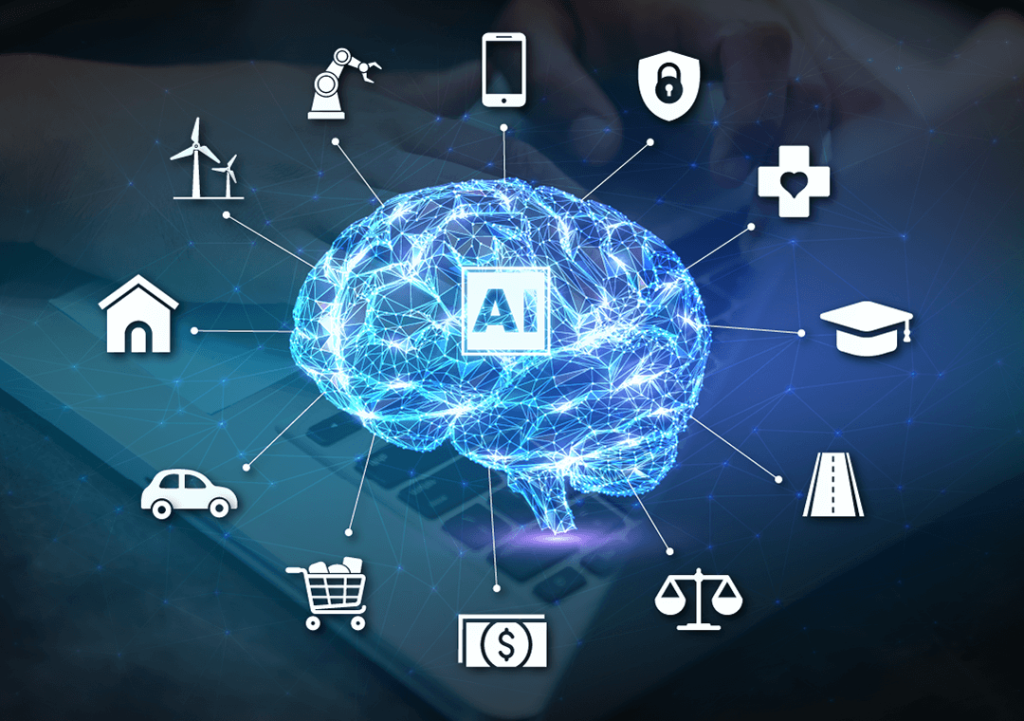As we navigate the ever-evolving landscape of technology, understanding key terms related to artificial intelligence AI becomes increasingly crucial. This glossary of essential AI terms will help demystify the field and prepare you for the future of technology.
Artificial Intelligence AI: At its core, AI refers to the simulation of human intelligence in machines designed to perform tasks that typically require human cognition. This includes learning, reasoning, problem-solving, and decision-making. AI can be categorized into two types: narrow AI, which is designed for specific tasks like language translation or image recognition, and general AI, which aims to exhibit human-like intelligence across a wide range of activities.
Machine Learning ML: A subset of AI, machine learning involves training algorithms to recognize patterns and make decisions based on data. ML systems improve their performance as they are exposed to more data, making them particularly effective for tasks such as predictive analytics and recommendation systems. Key ML techniques include supervised learning, where the model is trained on labeled data, and unsupervised learning, where the model identifies patterns in unlabeled data.

Deep Learning: An advanced branch of ML, deep learning uses neural networks with many layers hence deep to analyze complex patterns in data. This technique has been instrumental in achieving breakthroughs in areas like natural language processing and computer vision. For instance, deep learning glossary models power voice assistants and image recognition systems, enabling them to understand and interpret human input with remarkable accuracy.
Natural Language Processing NLP: NLP is a field within AI focused on the interaction between computers and human language. It encompasses a range of technologies that allow machines to understand, interpret, and generate human language. NLP applications include chatbots, translation services, and sentiment analysis tools, which help in automating communication and extracting insights from text data.
Neural Networks: Inspired by the human brain, neural networks are a series of algorithms designed to recognize patterns. They consist of interconnected nodes neurons that process data in layers. The connections between nodes are weighted and adjusted during training to improve the accuracy of predictions. Neural networks are the backbone of many AI applications, particularly in deep learning.
Reinforcement Learning: This type of machine learning involves training an agent to make decisions by rewarding desired behaviors and penalizing undesired ones. The agent learns to maximize cumulative rewards through trial and error. Reinforcement learning is often used in robotics, game AI, and optimization problems, where the goal is to develop systems that can adapt and improve over time.
Algorithm: An algorithm is a set of rules or procedures for solving a problem or performing a task. In the context of AI and machine learning, algorithms are the foundation of models that process data and make predictions. The choice of algorithm can significantly impact the performance and efficiency of an AI system.
Categories: Tech